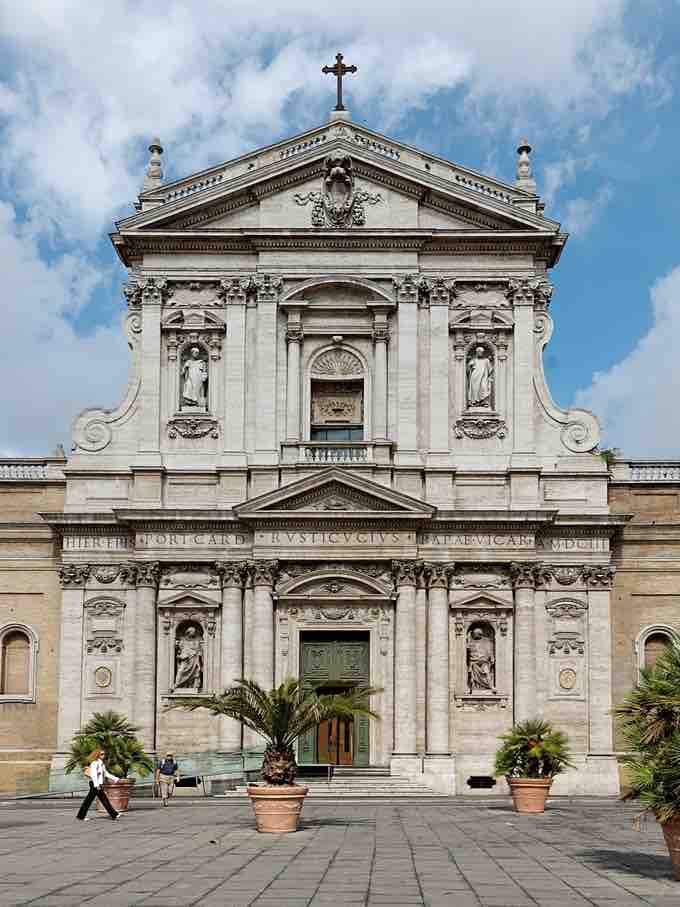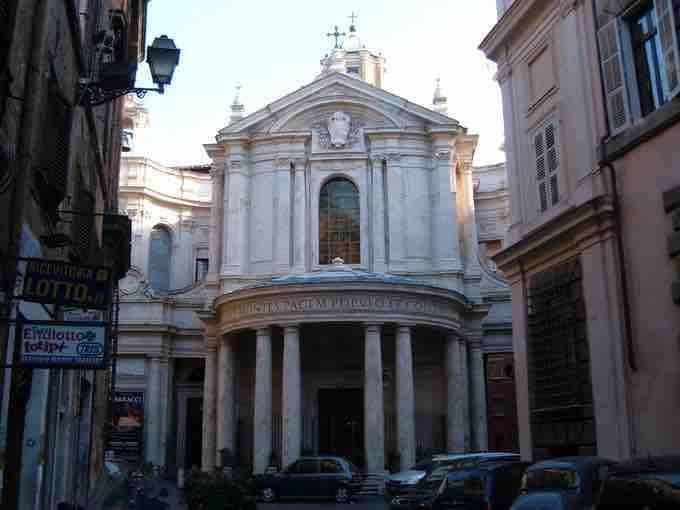The Baroque Period in Italy
The Baroque period of architecture began in the late 16th century in Rome, Italy. It took the Roman vocabulary of Renaissance architecture and used it in a new rhetorical and theatrical fashion, often to express the triumph of the Catholic Church and the absolutist state. It was characterized by new explorations of form, light and shadow, and dramatic intensity.
Whereas the Renaissance drew on the wealth and power of the Italian courts and was a blend of secular and religious forces, the Baroque was, initially at least, directly linked to the Counter-Reformation, a movement within the Catholic Church to reform itself in response to the Protestant Reformation. Baroque architecture and its embellishments were on one hand more accessible to the emotions and on the other hand, a visible statement of the wealth and power of the Catholic Church.
Architectural Accomplishments
A number of ecclesiastical buildings of the Baroque period in Rome had plans based on the Italian paradigm of the basilica with a crossed dome and nave, but the treatment of the architecture was very different than what had been carried out previously. One of the first Roman structures to break with the previous conventions of the Mannerist style was the church of Santa Susanna, designed by Carlo Maderno. The dynamic rhythm of columns and pilasters, central massing, and the protrusion and condensed central decoration add complexity to the structure. There is an incipient playfulness with the rules of classic design, but it still maintains a level of rigor.

Facade of Santa Susanna by Carlo Maderno
The design elements of this church signaled a departure from the prevailing Mannerist style of architecture at the time.
Pietro de Cortona
The same concerns with plasticity, massing, dramatic effects, and shadow and light are evident in the architectural work of Pietro da Cortona, illustrated by his design of Santi Luca e Martina (of which construction began in 1635) with what was probably the first curved Baroque church façade in Rome. These concerns are even more evident in his reworking of Santa Maria della Pace (1656–8). The façade of the building, with its chiaroscuro half-domed portico and concave side wings, closely resembles a theatrical stage set and projects forward so that it substantially fills the tiny trapezoidal piazza.

Santa Maria Della Pace
Pietro da Cortona restored the edifice of Santa Maria Della Pace, adding a Baroque façade.
Gian Lorenzo Bernini
Other Roman ensembles of the Baroque and late Baroque period are likewise suffused with theatricality and, as urban theatres, provide points of focus within the surrounding cityscape. Probably the most well-known example of such an approach is Saint Peter's Square, which has been praised as a masterstroke of Baroque theatre. The piazza, designed by Gian Lorenzo Bernini, is formed principally by two colonnades of free-standing columns centered on an Egyptian obelisk. Bernini's own favorite design was his oval church of Sant'Andrea al Quirinale, decorated with polychome marbles and an ornate gold dome. His secular architecture included the Palazzo Barberini (based on plans by Maderno) and the Palazzo Chigi-Odescalchi (1664), both in Rome.

St. Peter's Square by Gian Lorenzo Bernini
St. Peter's Square is an iconic example of Baroque theatricality.
Francesco Borromini
Bernini's rival, the architect Francesco Borromini, produced designs that deviated dramatically from the regular compositions of the ancient world and Renaissance. His building plans were based on complex geometric figures, his architectural forms were unusual and inventive, and he employed multi-layered symbolism in his architectural designs. His iconic masterpiece is the diminutive church of San Carlo alle Quattro Fontane, distinguished by a complicated plan arrangement that is partly oval and partly a cross, giving it complex convex-concave wall rhythms.
Carlo Fontana
Following the death of Bernini in 1680, Carlo Fontana emerged as the most influential architect working in Rome during the Baroque period. His early style is exemplified by the slightly concave façade of San Marcello al Corso. Fontana's academic approach, though lacking the dazzling inventiveness of his Roman predecessors, exerted substantial influence on Baroque architecture both through his prolific writings and through the number of architects he trained, who would disseminate the Baroque idioms throughout 18th-century Europe.